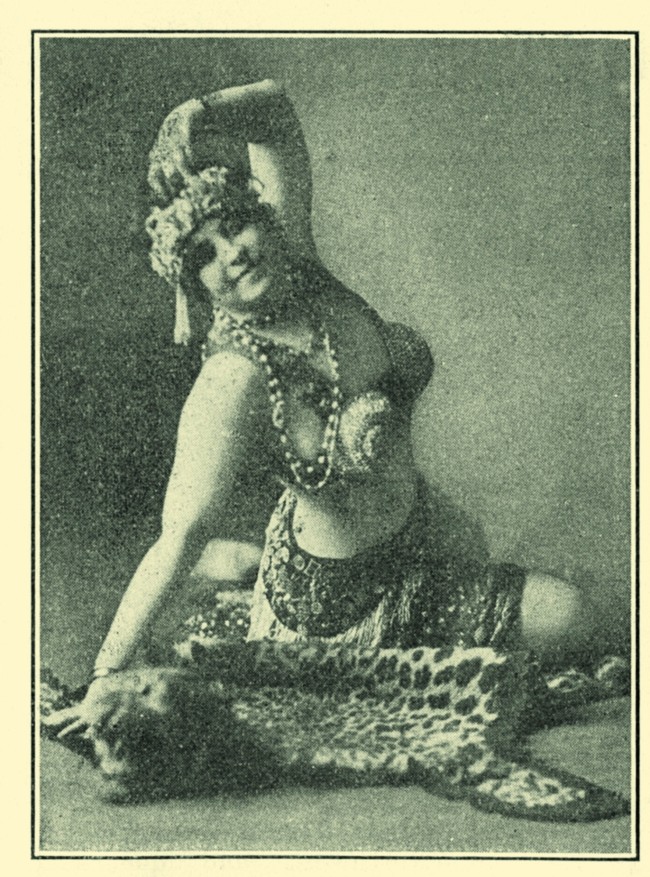New book details old New Orleans’ hooker directories
By Korea HeraldPublished : Feb. 5, 2017 - 15:27
NEW ORLEANS (AP) -- “Josie came to this city ... to have a good time and she is going to have it while she lasts,” one madam advertised in a 1903 directory of Storyville, then New Orleans’ flourishing legal red-light district.
It’s the ads that add interest to the pocket-sized directories sold a century ago for 25 cents, Pamela D. Arceneaux writes in “Guidebooks to Sin: The Blue Books of Storyville, New Orleans.” The $50 coffee-table book will be released Saturday by The Historic New Orleans Collection.
A release party for the 2,000-copy edition was planned Friday. An exhibit of the booklets, which also are digitized on the museum’s website, will open in April.
It’s the ads that add interest to the pocket-sized directories sold a century ago for 25 cents, Pamela D. Arceneaux writes in “Guidebooks to Sin: The Blue Books of Storyville, New Orleans.” The $50 coffee-table book will be released Saturday by The Historic New Orleans Collection.
A release party for the 2,000-copy edition was planned Friday. An exhibit of the booklets, which also are digitized on the museum’s website, will open in April.

Advertisements for brothels, saloons, liquor, and hangover cures “reveal how madams sought to portray their houses and offer a glimpse into what a night in Storyville might have been like,” wrote Arceneaux, curator of rare books for the French Quarter museum. Many advertise the music halls, restaurants, bars and saloons that also sprang up in the area.
Most people called it “The District” back then, Arceneaux said. The area also came to be known as Storyville because Alderman Sidney Story wrote the 1897 ordinance restricting prostitution to 16 blocks just outside the French Quarter.
New Orleans wasn’t the first US city to restrict prostitutes to one area. Virginia City, Nevada; Omaha, Nebraska; Waco and San Antonio, Texas, all did so earlier, Arceneaux said.
Bordello guides date back at least to a 1565 list of 210 prostitutes in Venice, Italy.
New Orleans, Philadelphia, New York, Milwaukee, Chicago, Louisville and Los Angeles are just a few of the US cities where 19th-century guides were published, Arceneaux said.
”Thousands of these individual issues may have been printed. But so few of them seem to have survived,” she said.
”The Blue Book” was one of the most comprehensive of at least six guides published in New Orleans. The first known, likely published before the 1900 Carnival season, used an asterisk to denote “a first class house, where the finest of women and nothing but wine is sold.”
Restaurateur and state legislator Tom Anderson, known as “the mayor of Storyville,” apparently published eight-page, vest-pocket-sized guides with 30 or 40 listings and ads only for his own three restaurants, likely in 1903 and 1906.
Ads in the larger booklets show that they were aimed at white men, at least middle-class, who had come to New Orleans for the Carnival season, Arceneaux said. One staple Blue Book ad touted two risque “French balls” on the Saturday before Mardi Gras and Fat Tuesday itself.
“Fun is the watchword” and “good times reign supreme” are repeated in ads for numerous brothels. So is “a visit will teach more than pen can describe.”
Liquor, champagne and beer, cigars, restaurants and saloons, and the occasional ad for a pawn shop, taxi service, laundry or purported venereal disease cure also appeared. One attorney advertised in nearly every Blue Book.
Storyville was shut down in 1917, after America entered World War I and discovered how many recruits had syphilis or gonorrhea.
“Across the country, similar restrictions were made on any area of vice or prostitution within five miles of any military installation,” Arceneaux said.
-
Articles by Korea Herald








![[KH Explains] How should Korea adjust its trade defenses against Chinese EVs?](http://res.heraldm.com/phpwas/restmb_idxmake.php?idx=644&simg=/content/image/2024/04/15/20240415050562_0.jpg&u=20240415144419)











![[Today’s K-pop] Stray Kids to return soon: report](http://res.heraldm.com/phpwas/restmb_idxmake.php?idx=642&simg=/content/image/2024/04/16/20240416050713_0.jpg&u=)